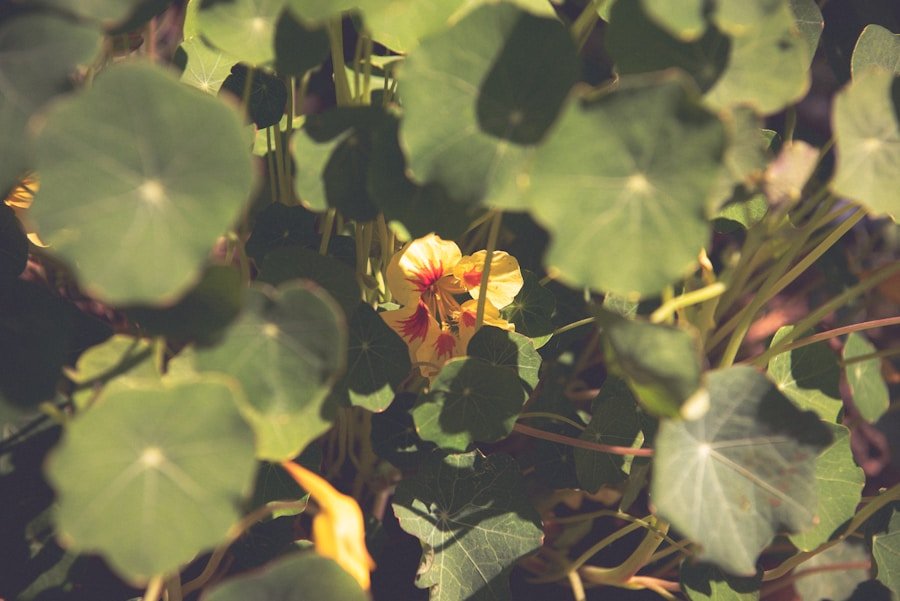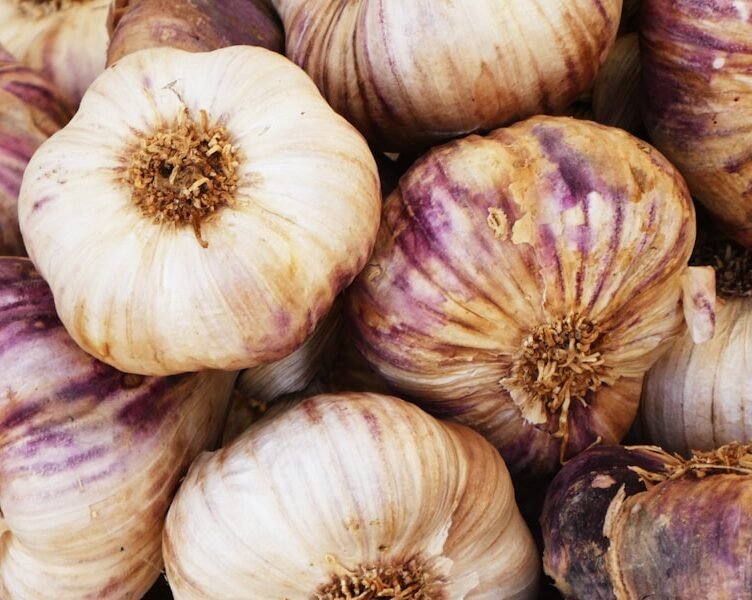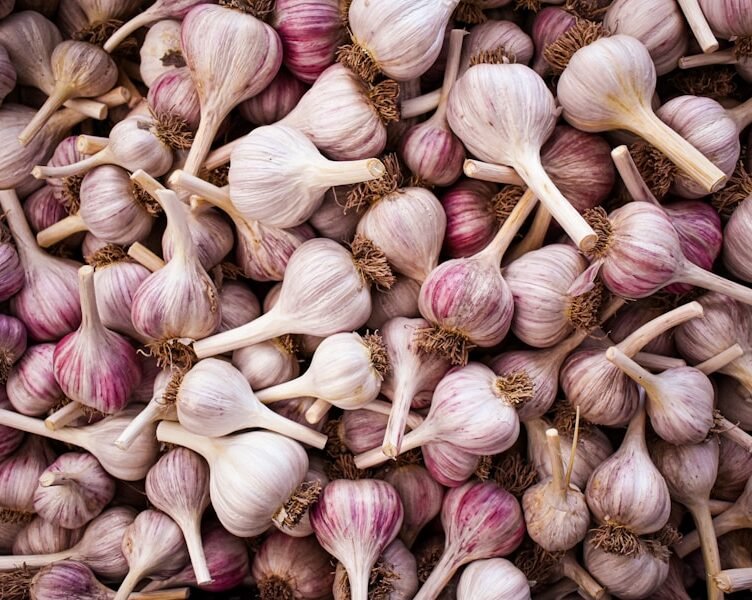For centuries, herbal plants have played a vital role in traditional medicine systems globally, serving as the primary form of treatment for various health conditions in ancient civilizations such as China, India, and Egypt. These time-honored healing practices have been perpetuated through generations and continue to be employed in many cultures today. Certain herbal plants, including ginger, turmeric, and garlic, have been utilized for their anti-inflammatory and antibacterial properties, while others like chamomile and lavender have been valued for their calming and soothing effects.
Traditional healers have long acknowledged the therapeutic potential of plants, developing complex systems of herbal medicine to address a broad spectrum of health issues. Beyond their medicinal applications, herbal plants have also been integral to spiritual and ceremonial practices in numerous cultures. In Native American traditions, for example, plants like sage, cedar, and sweetgrass have been used in smudging ceremonies to purify and cleanse the mind, body, and spirit.
These traditional uses of herbal plants underscore the profound connection between nature and healing that exists in many cultures worldwide.
Key Takeaways
- Herbal plants have been used for healing for centuries in traditional medicine systems around the world.
- Modern medicine has also incorporated herbal plants into treatments for various health conditions.
- The science behind herbal plant healing involves the study of active compounds and their effects on the body.
- Herbal plants can be used as natural remedies for common ailments such as headaches, digestive issues, and skin conditions.
- Cultivating and harvesting herbal plants for healing requires knowledge of the plant’s growth requirements and proper harvesting techniques.
Modern Applications of Herbal Plants in Medicine
Herbal Remedies for Health
For example, the active compound in the plant St. John’s wort has been found to be effective in treating mild to moderate depression, while the plant echinacea has been shown to boost the immune system and reduce the severity and duration of colds.
Herbal Plants in Skincare
In addition to their medicinal properties, herbal plants are also being used in modern skincare and beauty products. Plants such as aloe vera, tea tree oil, and rosehip oil are commonly used in natural skincare products for their soothing, antibacterial, and anti-aging properties.
A Growing Awareness of Natural Remedies
The use of herbal plants in modern medicine and skincare reflects a growing awareness of the potential benefits of natural remedies for overall health and well-being.
The Science Behind Herbal Plant Healing
The healing properties of herbal plants are due to the complex chemical compounds they contain. Many plants contain bioactive compounds such as alkaloids, flavonoids, terpenes, and phenolic compounds that have been shown to have medicinal effects on the body. For example, the active compound in ginger, gingerol, has anti-inflammatory and antioxidant properties that can help reduce pain and inflammation in the body.
Similarly, the compound curcumin found in turmeric has been shown to have powerful anti-inflammatory and antioxidant effects. Modern scientific research has also begun to explore the mechanisms of action of herbal remedies and their potential applications in treating various health conditions. Studies have shown that certain herbal plants can modulate the immune system, regulate hormone levels, and support overall health and wellness.
The science behind herbal plant healing is a rapidly growing field that is shedding light on the potential benefits of using natural remedies for healing.
Herbal Plants as Natural Remedies for Common Ailments
| Herbal Plant | Healing Use |
|---|---|
| Aloe Vera | Used for treating burns and skin irritations |
| Ginger | Used for reducing nausea and improving digestion |
| Lavender | Used for promoting relaxation and reducing anxiety |
| Echinacea | Used for boosting the immune system |
Herbal plants are commonly used as natural remedies for a wide range of common ailments. Many people turn to herbal remedies for issues such as digestive problems, insomnia, anxiety, and skin conditions. For example, peppermint and chamomile are often used to soothe digestive discomfort and promote healthy digestion.
Valerian root and passionflower are popular herbal remedies for promoting relaxation and improving sleep quality. Tea tree oil and lavender are commonly used for their antibacterial and soothing properties in treating skin conditions such as acne and eczema. In addition to these common ailments, herbal plants are also used to support overall health and wellness.
Adaptogenic herbs such as ashwagandha and holy basil are known for their ability to help the body adapt to stress and promote balance in the body. Similarly, herbs such as ginseng and rhodiola are used to support energy levels and improve mental clarity. The use of herbal plants as natural remedies for common ailments reflects a growing interest in natural and holistic approaches to healthcare.
Cultivating and Harvesting Herbal Plants for Healing
Many people choose to grow their own herbal plants for healing purposes. Cultivating herbal plants at home allows individuals to have a fresh supply of medicinal herbs on hand for personal use. Growing herbs such as basil, thyme, and oregano is relatively easy and can be done in small spaces such as windowsills or balconies.
For those with more space, creating an herb garden can provide a diverse range of medicinal plants for personal use. Harvesting herbal plants at the right time is crucial to ensure their potency and effectiveness. Most herbs are best harvested in the morning when their essential oils are at their peak concentration.
Proper drying and storage techniques are also important to preserve the medicinal properties of the herbs. Many people choose to dry their herbs by hanging them upside down in a well-ventilated area or using a dehydrator. Once dried, herbs can be stored in airtight containers away from light and moisture to maintain their quality.
Integrating Herbal Plant Healing into Holistic Health Practices
Emotional and Spiritual Well-being
In addition to their physical healing properties, herbal plants are also used to support emotional and spiritual well-being. Aromatherapy, which uses essential oils derived from herbal plants, is often used to promote relaxation, reduce stress, and uplift mood. Many people also use herbal teas as a way to relax and unwind at the end of a long day.
A Comprehensive Approach to Wellness
The integration of herbal plant healing into holistic health practices reflects a comprehensive approach to wellness that addresses all aspects of a person’s health. This approach recognizes the interconnectedness of physical, emotional, and spiritual health, and seeks to promote balance and harmony in all areas of life.
Potential Risks and Considerations When Using Herbal Plants for Healing
While herbal plants can offer many benefits for healing, it is important to be aware of potential risks and considerations when using them. Some herbal remedies can interact with prescription medications or exacerbate certain health conditions. For example, St. John’s wort can interact with antidepressant medications, while licorice root can raise blood pressure in some individuals. It is also important to be mindful of the quality and purity of herbal products when using them for healing purposes. Many commercial herbal products may contain fillers or contaminants that can diminish their effectiveness or cause adverse reactions. Choosing high-quality, organic herbal products from reputable sources can help ensure their safety and efficacy. In addition, it is important to consult with a qualified healthcare professional before using herbal remedies, especially if you have any underlying health conditions or are taking medications. A healthcare provider with knowledge of herbal medicine can provide guidance on safe and effective use of herbal remedies based on individual health needs. In conclusion, herbal plants have been used for healing purposes for centuries in traditional medicine systems around the world. Their traditional uses have been passed down through generations and continue to be used today in many cultures. In recent years, there has been a resurgence of interest in the use of herbal plants for healing in modern medicine as people seek more natural and holistic approaches to healthcare. The science behind herbal plant healing is shedding light on the potential benefits of using natural remedies for healing. Herbal plants are commonly used as natural remedies for a wide range of common ailments such as digestive problems, insomnia, anxiety, and skin conditions. Many people choose to grow their own herbal plants for healing purposes at home, allowing them to have a fresh supply of medicinal herbs on hand for personal use. The use of herbal plant healing is often integrated into holistic health practices that focus on treating the whole person – mind, body, and spirit. While herbal plants can offer many benefits for healing, it is important to be aware of potential risks and considerations when using them. It is important to consult with a qualified healthcare professional before using herbal remedies, especially if you have any underlying health conditions or are taking medications.
FAQs
What are herbal plants?
Herbal plants are plants that are used for their medicinal properties. They can be used in various forms such as teas, tinctures, capsules, or as topical applications.
How are herbal plants used for healing?
Herbal plants are used for healing through their natural chemical compounds that have therapeutic effects on the body. These compounds can help with various health issues such as inflammation, digestion, anxiety, and more.
What are some common herbal plants used for healing?
Some common herbal plants used for healing include ginger, turmeric, chamomile, peppermint, lavender, and echinacea. Each of these plants has specific health benefits and can be used in different forms for healing.
Are there any risks associated with using herbal plants for healing?
While herbal plants can have many health benefits, there are also risks associated with their use. Some plants can interact with medications, cause allergic reactions, or have toxic effects if used improperly. It’s important to consult with a healthcare professional before using herbal plants for healing.







1 Comment